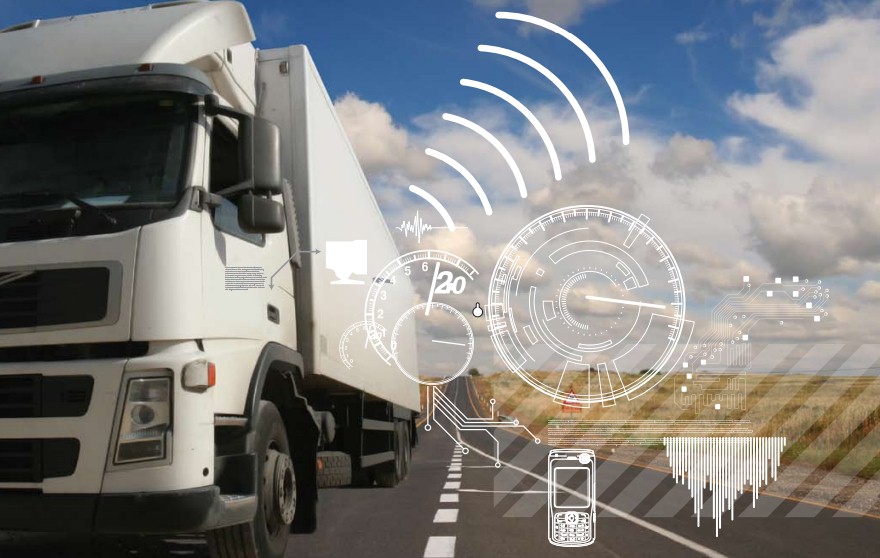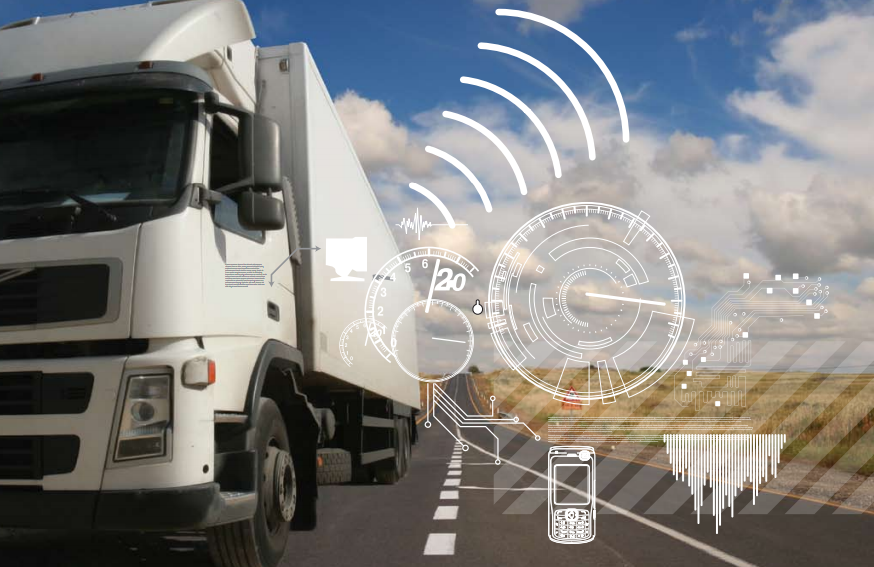Telematics technology is now important more than ever in the trucking industry and could soon become the default standard for heavy commercial trucks with hardware included. The technology is playing a key role in reducing resource expenditure and increasing resource savings for businesses while at the same time ensuring fleets comply with prevailing norm and standards.
Part of what is driving the move towards this universal adoption is simply the usefulness of telematics systems. Telematics improves repairs and maintenance, fuel efficiency, security, road safety communication and navigation for fleet owners. With this technology, users can be able to access the location, movement, status information, and metrics of their vehicles via special web-based software applications or through in-house vehicle tracking enable business applications. In essence, GPS telematics systems have become platforms where users can collect and transport valuable mobile resources, field information and activities.
With telematics technology users can access location, movement and status information and metrics of their vehicles via special web-based software applications or through in-house vehicle tracking enabled business applications. In Essence, GPS Telematics systems become platforms where users collect and transport valuable mobile resources, field information and activities.
According to Ruth Kang’ong’oi, General Manager at Safetrac Limited, a leading provider of telematics technology in the East African region ‘’Telematics systems can help businesses optimize their fleet in a number of ways, with features ranging from basic route planning to monitor driver behavior, integrating with packaging and deliveries, maintenance scheduling and much more.’’
GPS tracking and alerts are making it possible for fleet managers to keep track of all their vehicles at all times, an especially important feature in case a truck is stolen or even damaged. Safety analytics or generated reports on the other hand help managers identify which drivers are practicing safe driving habits or which drivers need additional training. This in return increases fuel efficiency and safety of the entire fleet for substantial cost savings
‘’These systems are capable of analysing the driving style and providing comprehensive feedback to both fleet managers and drivers in real-time,’’ Kang’ong’oi adds.
Implementing a fleet telematics solution for your business can improve operational efficiency for your business as well as provide data for strategic decision making. For service fleet, this information can assist in route planning. Getting value from your fleet comes from full access to utilisation records in real-time, records you can use to improve the productivity of your assets and team.
READ: 8 features that set iPhone 8 apart
Telematics technologies help you spot inefficient processes and asset deployment and once these issues are addressed businesses can become more competitive through better job costing and customer service.
“With telematics technologies fleet managers can route the most effective routes, labor costs, who is where and which assets is closest to a particular site. This enables them to maximize their workloads limiting the need to find additional assets and drivers.’’
Businesses in Kenya can, therefore, enjoy massive benefits by implementing telematics technology. The technology is a great way of organizing your drivers more efficiently and can save time and money. For small businesses where cost is a factor, having a telematics system in place can greatly improve your fleet management and help your business make significant savings.













Leave a comment